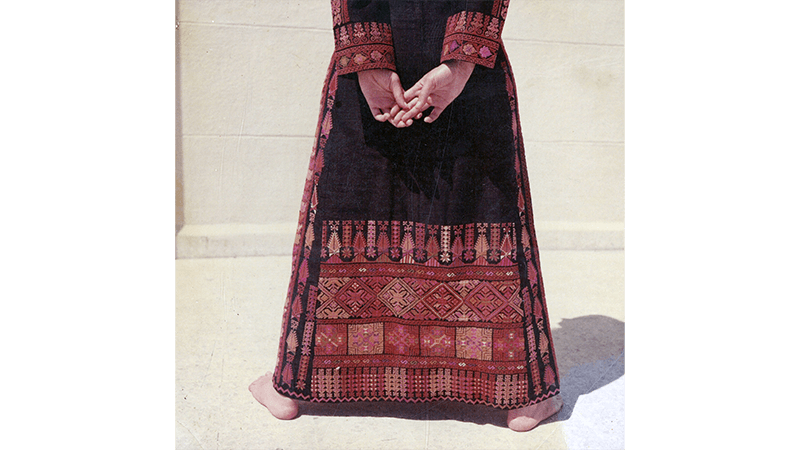Embroidered Tales: The Women Voicing Resistance Through Craftivism
“They embroider what they would not or cannot put into words,” says French artist and activist Pascal Goldenberg of the Afghan women using craft to tell their story. Women such as Feroza, whose latest embroideries show a member of the Taliban beating a woman because her tshadri (face veil) is too short, and a mother selling her daughter so that she can afford to feed her other children. While Bechta’s calligraphic embroidery begins with ‘Afghanistan is a very dangerous land for women.’
Goldenberg her started non-profit organisation Guldu`si in 2001 to help Afghan women like Feroza and Bechta to sell their embroidery to generate an income. “It’s about belonging to the world community,” she explains. Their work is sold via the Guldusi website, where the women are referenced by their first names only to preserve their anonymity in case of reprisals from the Taliban regime.

UK-based artist and filmmaker Salma Zulfiqar also uses embroidery to help at-risk women. In 2017 she began the Migration Blanket initiative in Birmingham, UK – an evolving canvas upon which displaced women and girls can stitch their hopes and fears. And she runs ARTconnects workshops, promoting women and youth empowerment and encouraging cultural connections through creativity. “I started the Migration Blanket to campaign for better rights for refugee and migrant women, while educating and mentoring them and improving wellbeing, as well as improving social cohesion,” Zulfiqar says. “This project started as an abstract canvas patchwork created with a group of vulnerable asylum seeker and refugee women. [It was] in response to increasing race and gender-related hate crimes and attacks against the LGBTQIA+ community as well as prevention of extremism.” The women involved assembled images of handcuffs, bodily injuries, weapons, hearts and more to illustrate their lack of status, experiences of racism, and ambitions for inclusion.
Embroidery has provided women with an outlet for frustration, anger, and activist ideals for centuries. The Indian art of kantha – whereby embroiderers conveyed their fears by stitching protective symbols – dates back prior to 1500 BC. Then there’s the ancient Central Asian tradition of Suzani embroidery – colourful pieces typically crafted by women to contain messages of hope and protection. The recent exhibition Material Power: Palestinian Embroidery at Kettle’s Yard Gallery in Cambridge, UK, explored the historical and contemporary significance of embroidery in Palestine, where women have been using the craft to voice resistance for hundreds of years. And story cloths made by the Hmong women of East and Southeast Asia narrate atrocities from the Vietnam War that raged from 1955 until 1975.
In 2003, American writer Betsy Greer coined the term ‘craftivism’ to acknowledge how actions such as embroidery have been subverted from hobbies to become proactive art forms. She explains how embroidery helps her work through her own experiences of trauma. “I’ve been able to find safety in my body and thoughts when I needed it,” she says. “And also stitch affirmations for healing, mantras on the power of making and bids for connection with others.”
Betsy is inspired by Chilean arpilleristas (female tapestry-makers). “The work that they did about their missing loved ones while [the dictator] Pinochet was in power [between 1973 and 1990] encapsulates to me why embroidery as activism, storytelling and connective creative work is important to both history and our own individual creative journeys. Your creative work may have a different story to tell,” she says. “But sharing it through needlework can be a way to tell it safely, either for yourself or for sharing with others.”
You can support ARTconnects workshops here
Simon Coates is a London-based writer and artist whose work has appeared in publications including The New European and Scottish newspaper The National




